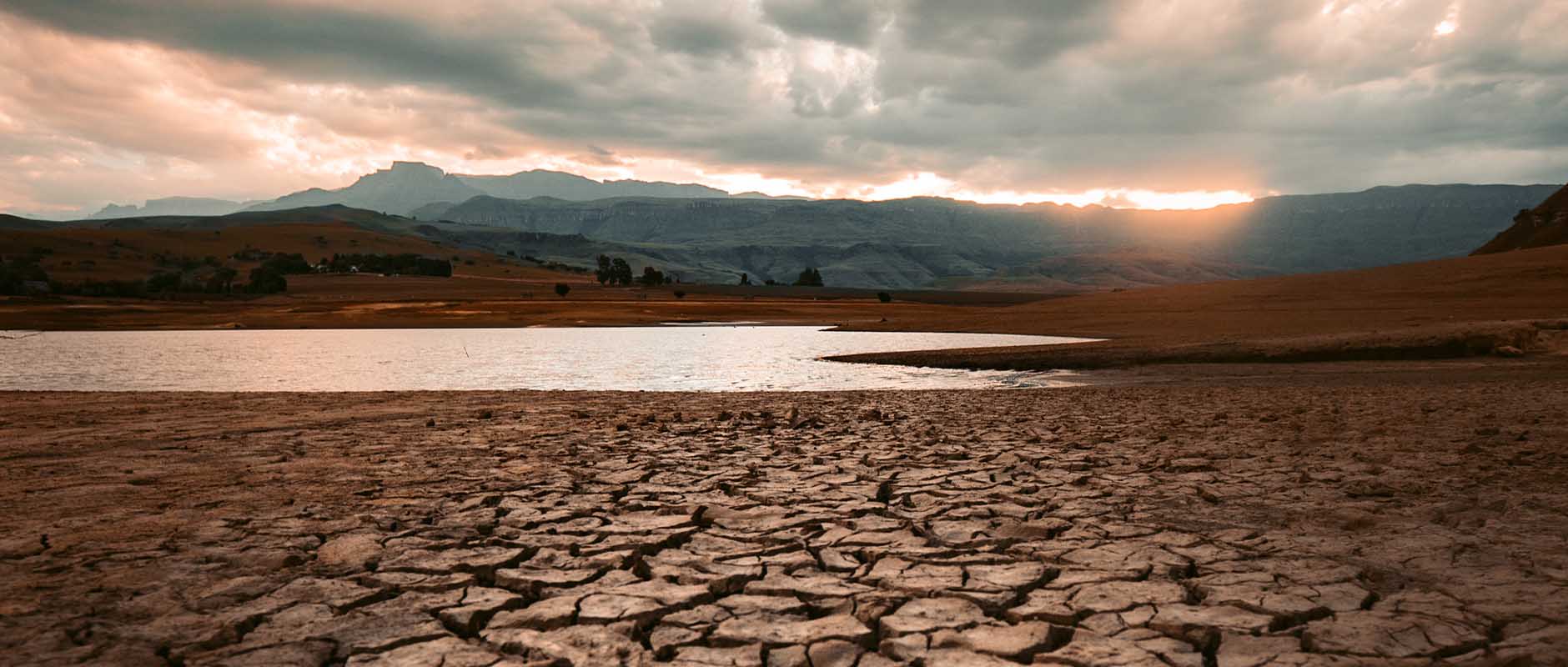Are you curious about how the global water cycle has changed in recent years due to human activity and natural events? A new scientific report aiming to answer this question has revealed some alarming findings about the state of the Earth’s water cycle in 2022: the water cycle itself is changing on a global level.
The research team analyzed data from over 40 satellites and thousands of weather and water monitoring stations to create a comprehensive picture of the global water cycle throughout the year. They found that the water cycle is changing, with the air becoming hotter and drier. This leads to an increase in droughts and risky fire conditions.
La Niña’s effect
The year 2022 was marked by a third consecutive La Niña, which is an oceanic event in which sea surface temperatures are cooler than normal in the central and eastern tropical Pacific and warmer than normal in the western Pacific. The phenomenon strengthens easterly winds that bring rain to southeast Asia and Australia. In 2022, La Niña combined with warm waters in the northern Indian Ocean to bring widespread flooding in a band stretching from Iran to New Zealand, and almost everywhere in between. The most devastating floods occurred in Pakistan, where over 10 million people were driven out of their homes by massive flooding along the Indus River. Australia also experienced several severe flood events throughout the year, mostly in the east, but also in Western Australia’s Kimberly region at the very end of the year and into 2023.
As is typical for La Niña, the rain was much less plentiful on the other side of the Pacific Ocean. A multi-year drought in the western United States and central South America saw lakes fall to historic lows. Another year of drought also decimated crops and led to a rapidly worsening humanitarian situation in the Horn of Africa.
Although the data does not suggest a change in average global rainfall, there are troubling trends in several regions. The monsoon regions from India to Northern Australia are getting wetter. Parts of the Americas and Africa are getting drier, including the western United States, which experienced its 23rd year of drought in 2022.
Monthly rainfall total records appear intact. But rainfall over shorter periods is becoming increasingly intense in many regions. As the report highlights, intense rainfall events struck communities across the globe in 2022, from Brazil, Nigeria, and South Africa to Afghanistan, India, and Pakistan. The downpours caused flash floods and landslides, killing thousands and leaving many thousands more without a home. Growing population pressures are pushing ever more people into floodplains and onto unstable slopes, making heavy rain and flood events even more damaging than in the past.
Water crisis
Average global air temperatures are rising. While La Niña years are historically relatively cool, that effect is largely lost in the upward march of global temperatures. Heatwaves are increasing in severity and duration, and this was noticeable in 2022. Apart from being natural disasters, heat waves and unseasonably high temperatures also affect the water cycle.
In 2022, intense heatwaves in Europe and China led to so-called “flash droughts.” These occur when warm, dry air causes the rapid evaporation of water from soils and inland water systems. In 2022, many rivers in Europe ran dry, exposing artifacts hidden for centuries. The air is not only getting warmer but also drier, nearly everywhere. That means people, crops and ecosystems need more water, but less is available.
Taking action
Adaptation measures such as increasing water storage and efficiency, developing drought-resistant crops, and creating early warning systems for floods and droughts are crucial in order to mitigate the impacts of the changing water cycle. We also need to take proactive steps to reduce greenhouse gas emissions, which are the main driver of climate change and thereby the changes in the water cycle. This includes transitioning to clean energy sources and promoting sustainable solutions. Technological advances such as LG sonic technology, which can tackle water pollution without negatively affecting water quality, become increasingly crucial as a way to both conserve water in a cost-effective way and allow human economic activities to continue.
It is also important to note that the impacts of the changing water cycle will disproportionately affect vulnerable communities, such as those living in poverty or in low-lying areas. Therefore, it is crucial to ensure that adaptation measures consider the needs and perspectives of these communities.
